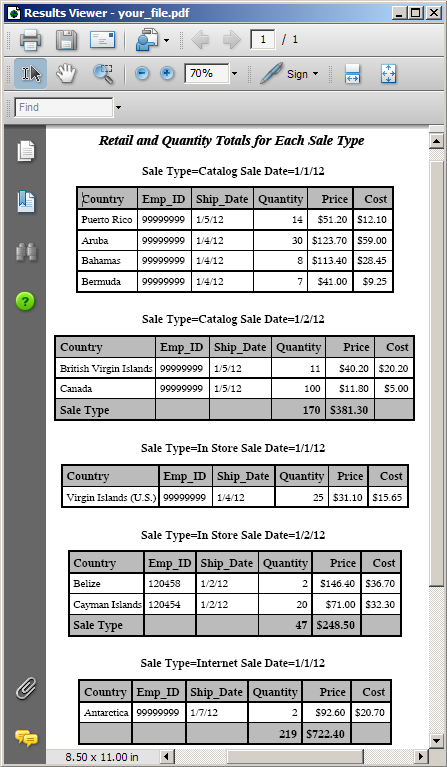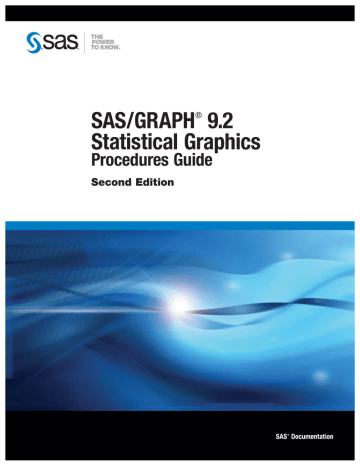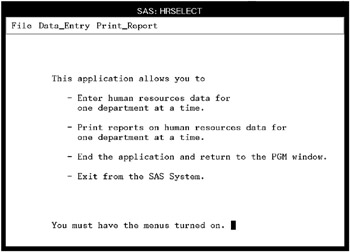
Restriction: The functionality of this option is limited to only a few characters. When the user presses the key sequence, it has the same effect as selecting the item from the menu bar or pull-down menu. A button causes an action to occur.ĭefines a key sequence that can be used instead of selecting an item. ĭialog boxes have two or more buttons, such as OK and Cancel, automatically built into the box. A selection of this type is called a check box. For example, you could choose to use various options by selecting any or all of the listed selections.


Indicate whether you want to select other independent choices. A group of selections of this type is called a radio box, and each individual selection is called a radio button. Ĭhoose from a list of mutually exclusive choices. Fields that accept text from a user are called text fields. A dialog box can request information in three ways:įill in a field. You can use CHECKBOX, RADIOBOX, and RBUTTON statements to define the contents of the dialog box.įigure 34.2 on page 686 shows a typical dialog box. The ITEM statement creates an entry in a menu bar or in a pull-down menu, and the DIALOG= option specifies which DIALOG statement describes the dialog box. To use the DIALOG statement, specify an ITEM statement with the DIALOG= option in the ITEM statement. The size and placement of the dialog box are determined by your windowing environment. You cannot control the placement of the dialog box. Note: To specify a literal (at sign), % (percent sign), or & (ampersand) in the command-string, use a double character: (at signs), %% (percent signs), or & (ampersands). Numbers preceded by an ampersand (&) correspond to CHECKBOX statements following the DIALOG statement. Note: Keep in mind that the numbers correspond to RADIOBOX statements, not to RBUTTON statements.Īre optional CHECKBOX statement numbers that can add information to the command before it is submitted. Numbers preceded by a percent sign (%) correspond to RADIOBOX statements following the DIALOG statement. Numbers preceded by an at sign correspond to TEXT statements that use the LEN= option to define input fields.Īre optional RADIOBOX statement numbers that can add information to the command before it is submitted. The numeric portion of the field number corresponds to the relative position of TEXT, RADIOBOX, and CHECKBOX statements, not to any actual number in these nĪre optional TEXT statement numbers that can add information to the command before it is submitted.

You can embed the field numbers, for example %1, or &1, in the command string and mix different types of field numbers within a command string. Is the same name specified for the DIALOG= option in a previous ITEM statement. Note: If you are using PROC PMENU to submit any command that is valid only in the PROGRAM EDITOR window (such as the INCLUDE command), then you must have the windowing environment running, and you must return control to the PROGRAM EDITOR window. The limit for command-string field-number-specification is 200 characters. Typically, the command-line limit is approximately 80 characters. The limit of the command-string that results after the substitutions are made is the command-line limit for your operating environment. Is the command or partial command that is executed when the item is selected. See: PMENU Procedure in the documentation for your operating environment. See Chapter 2, Fundamental Concepts for Using Base SAS Procedures, on page 15 for a list. Reminder: You can also use appropriate global statements with this procedure. Restriction: You must use at least one MENU statement followed by at least one ITEM statement.


 0 kommentar(er)
0 kommentar(er)
